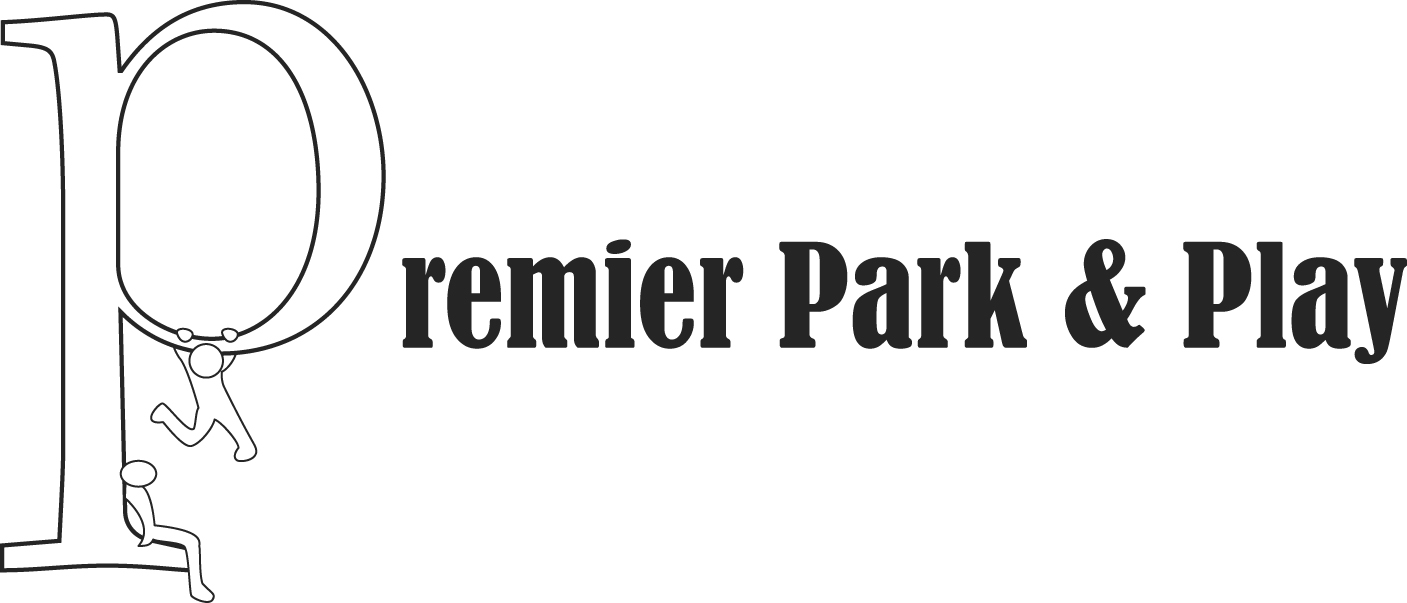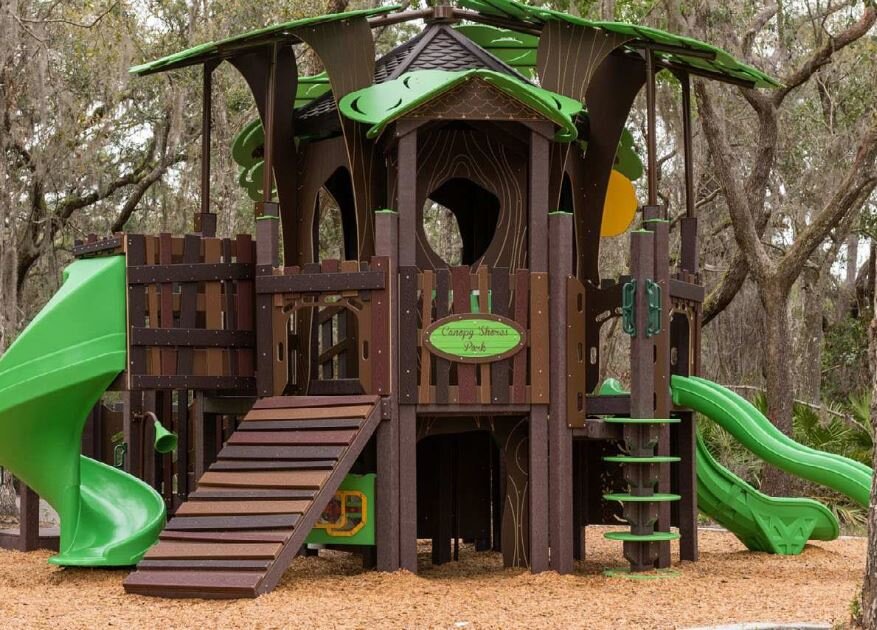Playground Inspection and Maintenance
It is important to inspect and maintain your playground. Below is an excerpt of the SRP Playground Inspection and Maintenance Guidebook. You can also download the Guidebook here.
Well-maintained playground equipment can help children to develop cognitively, physically, communicatively, socially, and emotionally in a safer environment. Along with helping to promote children’s development, a quality inspection and maintenance program has many positive outcomes.
Protect your investment
Play equipment, protective surfacing, planning, and site development of a playground are significant investments. It simply makes good economic sense to maintain the equipment to extend its life and protect your school or agency’s investment.
Manage risk
Proper, routine, and timely maintenance is a way of managing risks in the community’s play areas, helping to protect them from costly accidents, and demonstrating the community’s standard of care.
Improve children’s play experiences
When playground equipment is broken or otherwise unusable, children miss opportunities for play. That moment of connection with others and fun-filled learning might be lost. The better maintained the equipment, the better the chance that a child’s life is improved. Your work could make the difference!
Promote community values
Maintained and groomed play environments are a source of pride for the community. Taking good care of the playground equipment and maintaining a beautiful environment is an expression of your community’s values.
Control expenses
Timely, preventive routine maintenance procedures help control expenses by reducing upkeep and replacement costs, enabling more accurate budgeting.
Maintenance Inspection: Frequency and Process
Because play equipment and surfacing are subject to changes from use, abuse, and climate, they must be inspected on a regular basis. The frequency of inspection will be determined by many factors including equipment age, use, and materials, and external factors like the age of the users, climate, and vandalism. Regardless of site-specific attributes of the playground, two types of inspections should be performed on all playgrounds: low frequency and high frequency.
Low Frequency Inspections
Often performed quarterly or semi-annually, low frequency inspections are in-depth investigations of the equipment and surfacing looking for wear and tear. This inspection requires a staff member with mechanical knowledge and extensive knowledge about play equipment and surfacing standards. During or immediately after the inspection, staff should do preventive maintenance and repairs and/or remove damaged equipment to remedy problems discovered in the inspection. An example of this type of maintenance would be replacing heavily worn chains that were noted during the inspection. See pages 25-26 for a sample inspection form and corresponding codes to use on the form.
High Frequency Inspections
Often performed daily or weekly, high frequency inspections look at frequently changing conditions caused by use, weather, and/or vandalism. During a high frequency inspection, staff checks and corrects playground conditions such as loose-fill surfacing depths, sanitation issues, and the presence of trash and debris. If any hazards are discovered, staff should follow school or agency procedures such as completing documentation, taking the area out of use, and/or correcting the problem. See page 29- 30 for a sample inspection form and corresponding codes to use on the form.
Playground Inspection Process
When new play equipment is installed and at the introduction of a new playground safety and maintenance program, it is good practice to have an audit of the equipment performed by a Certified Playground Safety Inspector (CPSI). The audit will note conditions that are not compliant with current industry standards and will form the basis for a systematic program of removal, repair, and/or retrofit.
Inspection Forms
Reports detailing inspections, maintenance, and repairs need to be completed for all types of inspections and maintenance. File these reports in an accessible location because they may be invaluable for ongoing maintenance, budgeting, staffing, designing new play areas, future play equipment selection, and other purposes. Sample low and high frequency forms are included as part of this program guide. They can be reproduced and tailored to meet the site and policy specific needs of your school or agency. Because of the variance of each play area, these forms should not be considered as comprehensive lists of playground hazards or maintenance requirements.
Download the Playground Inspection and Maintenance Guide to learn more!



